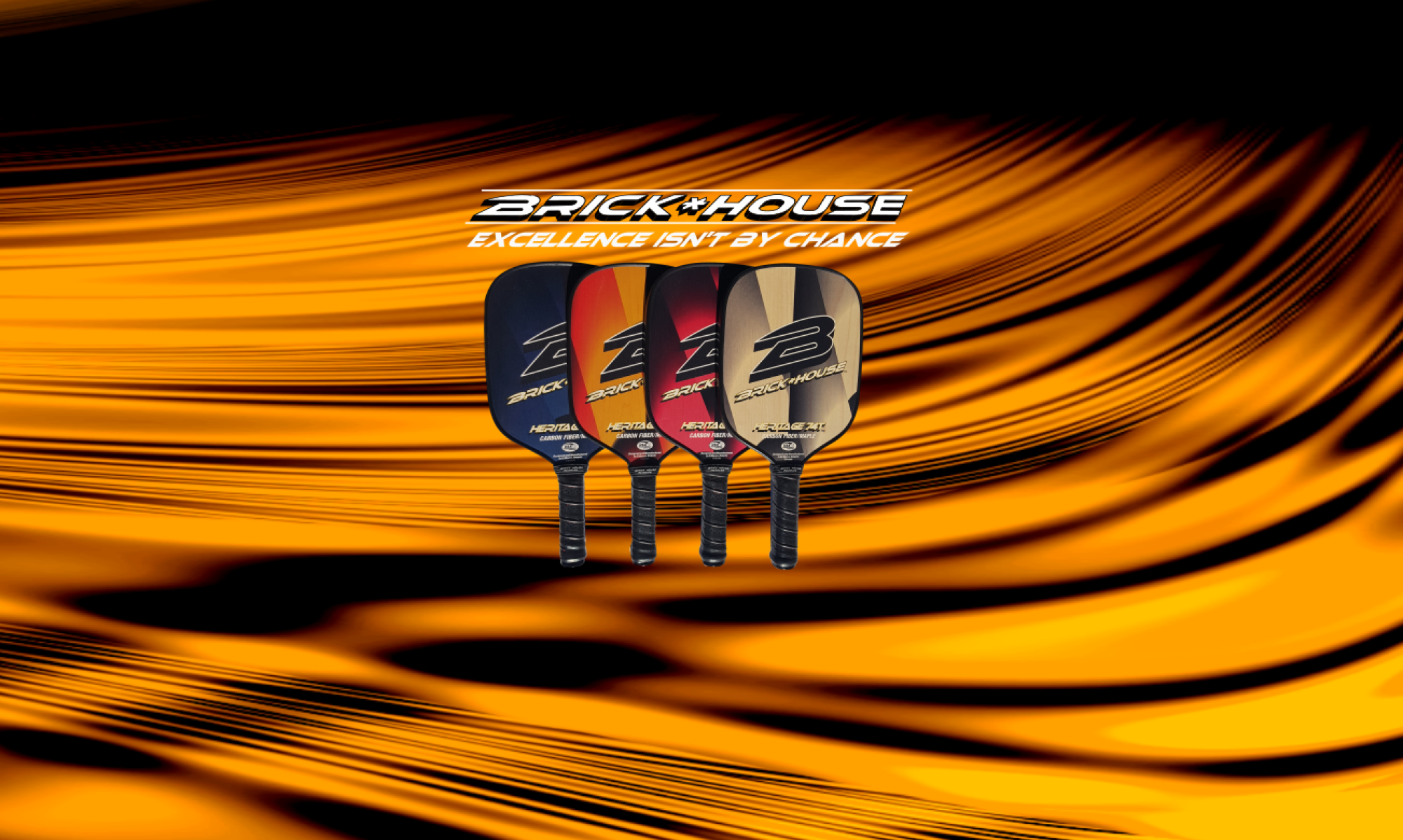Over the past couple of years more and more manufacturers are adding a texture to the paddle surface. The theory is that a rougher surface will provide more grip on contact with the ball providing more spin.

There is another element that is equally important in a paddle’s ability to generate spin and that is the coefficient of friction. That is why the USAPA tests both the surface roughness of a paddle as well as its coefficient of friction.
A rough texture is easy to feel on a paddle surface but the actual friction a paddle surface has is not. As a result manufacturers place a huge emphasis on promoting their surface texture and rarely talk about the coefficient friction.
Surface roughness
The texture on the playing surface can be molded into the surface or added to the finish. There are pros and cons to adding a texture as well as each texture type.
A molded texture will be more consistent over time as it generally doesn’t wear off as quickly.
With a non molded surface, small partials of a sand like material are added to the finish to create a nonslip, sandpaper like surface. The problem is that the partials are small and have very little surface area to bind properly in the finish. These particles eventually wear off and what is left is usually a very hard, smooth surface with very little grip at all, effectively meaning early paddle replacement for those that are looking for big spin.
Coefficient of friction
The coefficient of friction is a measure of the amount of friction existing between two surfaces. The characteristics of those surfaces and how they interact has a huge influence on the friction.
Surface roughness
Let’s start with the obvious one first. If two materials are both extremely rough like sandpaper then the parts that stick up on one surface will often find their way into the valleys of the other surface, like gear teeth. This interaction helps prevent the surfaces from sliding against each other. Thus, higher roughness materials often have high coefficients of friction but not always. In some cases surface roughness depending on the pattern can actually reduce friction by reducing surface contact area.

Material
Rubber will have a different coefficient of friction on pavement, than on glass. The final finish on a paddle surface has a huge impact on the coefficient of friction and a paddles ability to spin the ball. A softer finish for example will create more friction than a harder finish.
Surface flexibility
The stiffness of surfaces comes into play as one surface deforms to the other. For example rubber deforms very easily, which allows it to match the surface of another material.
So if your paddle has a softer playing surface, like say natural wood, that surface will adapt to the imperfections in the balls surface interlocking to it, and increase the friction between the ball and paddle.
For similar reasons a fiberglass paddle will produce more spin than a carbon fiber as the fiberglass has more give to it.
Contact area
In general, the more contact area the more potential for friction. In many cases a paddle with a patterned finish can actually present less surface area on ball contact as you are only relying on the peaks of the pattern to make contact with the ball surface. This can be a particular problem for those that like to spin on soft shots.
Spin
Do you need a textured paddle surface to spin the ball? The answer is no. Can you put more spin on a ball with a surface texture, probably yes.
With a non textured finish it is the paddle surface itself that is all important. If the finish or the actual playing surface of the paddle is too hard it will make the paddle less efficient at spinning the ball. A softer playing surface matched with softer finish can still provide huge amounts of spin without having a texture. For those of us in colder climates think of it the same as the stopping power of snow tires on ice. Snow tires are a softer compound than summer tires.
Pros and cons
In our opinion, there are a couple of down sides to a textured surface. The theory is that unless you are an advanced player you should be more focused on developing your technique rather than looking for an advertised quick advantage. You will be tempted to spin when you shouldn’t and you will ultimately end up with an abundance of unforced errors, which are more detrimental to the outcome of your game than not having enough spin on the ball.
Long term performance
Rather than add texture we focus on the coefficient of friction. The maximum coefficient of friction as specified by the USAPA is 0.1875. Our paddles as tested have a coefficient of friction of 0.186
which is very close to the maximum allowable.
Our paddles may not produce ultimate spin right out of the box, but they are perfectly capable of producing consistent spin which will ultimately outperform a textured paddle once it has had some play on it and the texture begins to ware.
Paddles are not inexpensive so we build our paddles for the consistant long term performance our customers expect. As a result we choose to generate spin via a durable high quality finish that has the right coefficient of friction.
